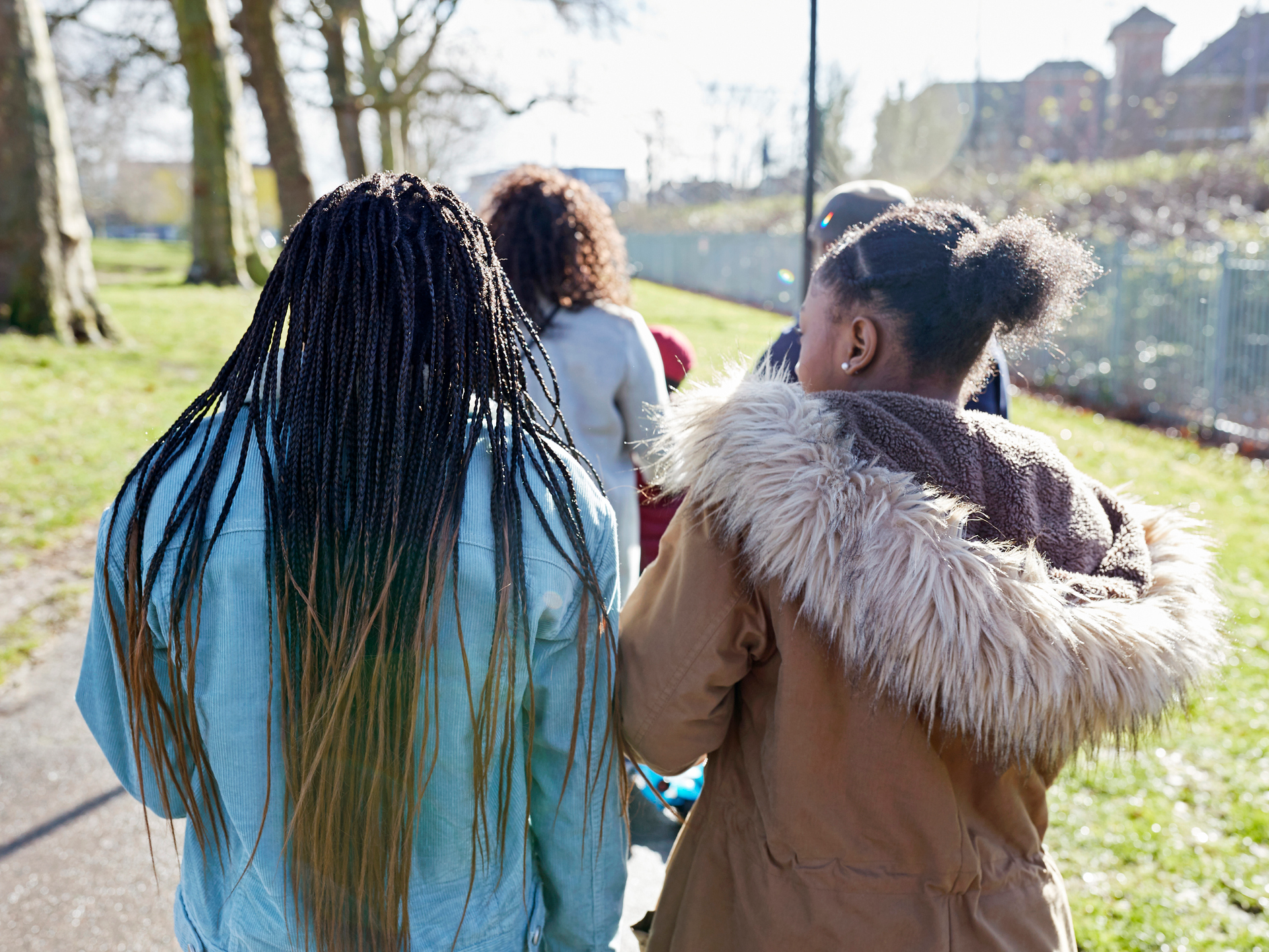- I used to give my two children $30 every two weeks as an allowance, but I kept finding they needed more.
- I asked them to list every one of their expenses for the month – lunch money, tennis sneakers, cash for hanging out with friends – and estimate how much allowance they need.
- From there, we negotiate a reasonable number. My oldest went from getting $60 a month to about $150.
- We just started, so I don’t know yet whether it’s making them better with money. However, their mistakes are teaching them lessons about handling money, and I’ll be able to coach them on budgeting and planning.
- Read more personal finance coverage.
Many parents give their kids the bare minimum when it comes to an allowance. For years, I gave my two children $30 every two weeks, but always found that my kids needed more. They need lunch money, new sneakers for tennis, money for fun with friends, and the list goes on and on.
As a result, I’ve asked them to detail every single expense they believe they will have in a budget – including school expenses, fun, grooming, and more. Once I get their crazy estimate, we negotiate a final number to something more reasonable. Then, I proceed to give them the amount we’ve agreed upon for the month: $150 for my 14-year-old, and $120 for my 10-year-old.
Why are we doing this? Well, at some point they will get out in the real world and have to make financial decisions based on finite resources anyway. Why not start now?
Giving them more control over their spending will prepare them for life with money. My goal is to make sure I never have to dole out extra money to them once the month starts. It will take time for this to happen but I’m happy to start here and now.
To facilitate this allowance approach, we use a combination of cash and prepaid debit cards (for purchases my kids need to make online.) You can choose any number of prepaid cards that work for kids like CapitalOne, GreenDot, or FamZoo, which we use.
Has raising my kids' allowance helped them get better with money?
To be perfectly honest, this is a newer approach for us and it's taking time for all of us to adjust. The good news is that as mistakes are being made, it's helping to coach my kids with their money handling skills.
For example, the latest budget my oldest, who is a teenager, created was for about $150 for the month. As you might have guessed, she spent it all well before the month was over and didn't adhere to her budget in the slightest.
Does this mean she's bad with money? Not necessarily. To me, it just means she needs to practice more with money. So, in the coming months, we'll work through some tweaks to help her stick to her budget.
For instance, I'll be introducing her to the cash envelope system. Then I'll show her a budgeting app or two to help her keep track of her spending.
Do some planning before you raise your kids' allowance
As you think about giving your kids allowance, you'll have to consider your own family budget, the time you have to dole out lessons as related to allowance and even the maturity of your child before putting a good allowance system in place.
Some questions to consider might include:
- What are my kids' needs beyond the basics that I already I cover for them?
- Is my child responsible enough to handle their own money at the moment?
- How much can our family afford to give in allowance each month?
- What is expected of my child in return for a regular allowance?
- How do I expect my kids to ration their money in terms of giving, saving and spending?
- Will my kids be charged or penalized in some way for things like bad grades, breaking house rules, or being irresponsible?
How much allowance you give them is entirely up to you. If you think it will make your child learn how to manage their money better, then I think it's worth a try. You could increase the amount slowly or put stipulations on the increase like asking for a detailed budget ahead of time.
I think the main thing is that you allow your kids to make mistakes with money then provide them with some gentle coaching along the way. This way, when it's time for them to leave the nest, they'll have plenty of practice.










